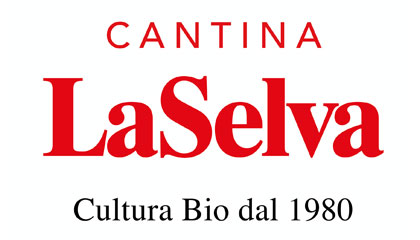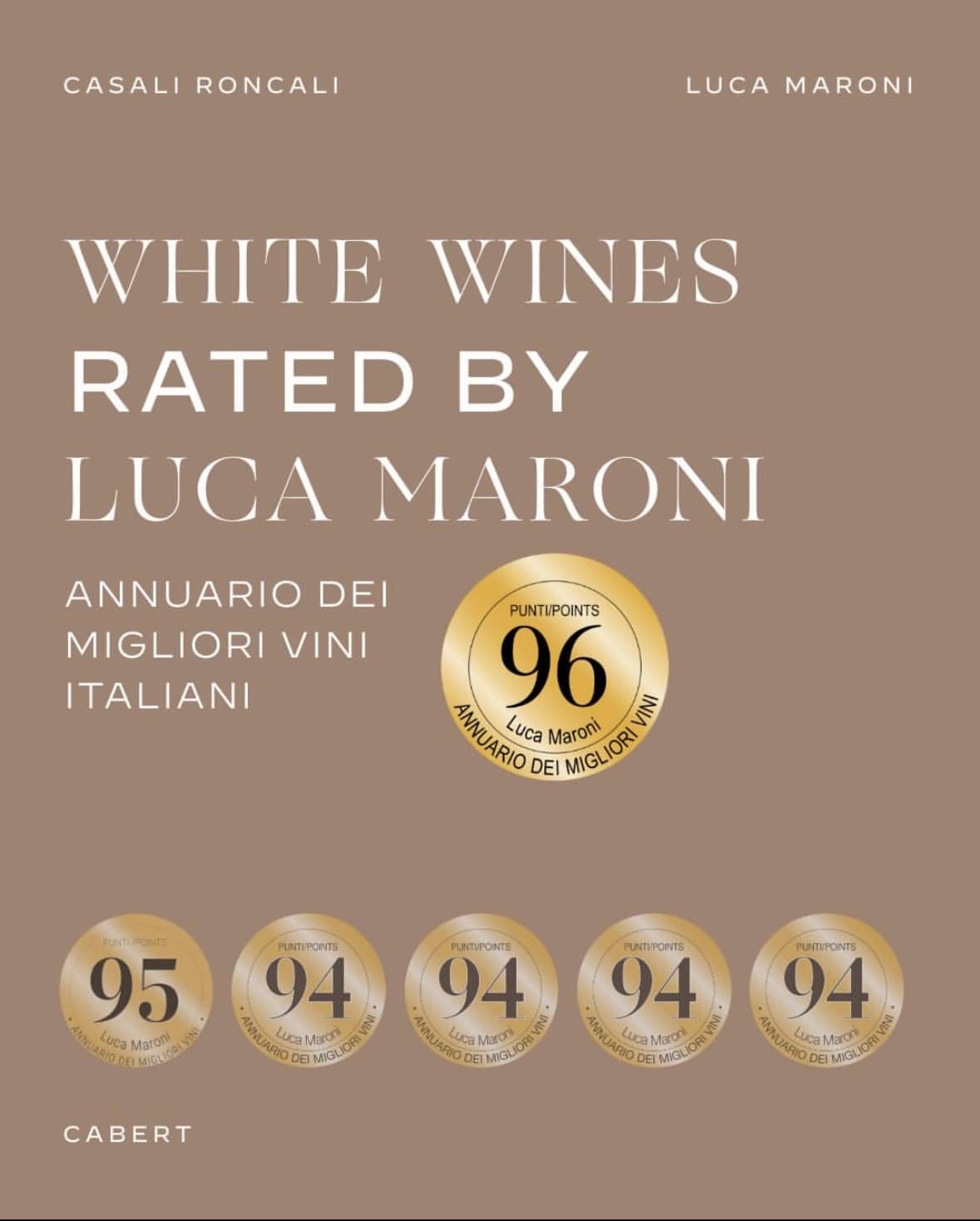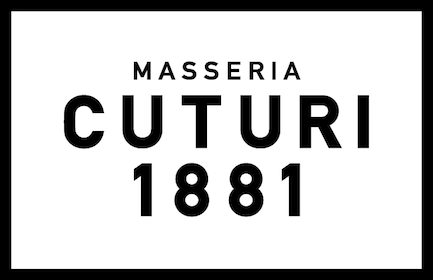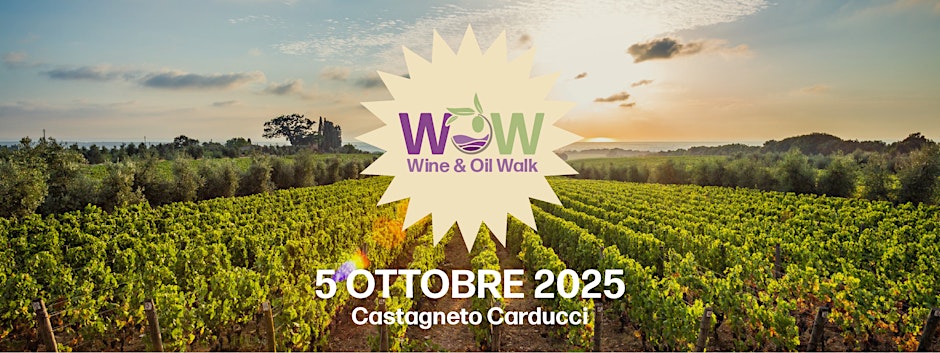Falstaff: awards for Cantina LaSelva.
TOSCANO ROSSO PRIMA CAUSA 2022
Prima Causa was the first big challenge of Cantina LaSelva.
A blend of Cabernet Sauvignon, Merlot and Petit Verdot, a symbol of their desire to express the high quality of the grapes through a wine of character with a balanced, complex structure. A solid, enduring wine just like the winery.

60% Cabernet Sauvignon
30% Merlot
10 % Petit Verdot
Each variety is harvested and vinified separately.
After harvesting, the grapes are immediately destemmed and crushed in order to avoid any possibility of oxidation. The controlled temperature fermentation process lasts 10 days for the Merlot and 20 days for the Cabernet Sauvignon and Petit Verdot; at the end of fermentation, the wines are put into new French Allier oak barriques for the Cabernet Sauvignon and Petit Verdot, and second-fill for the Merlot. After 12 months, the wines are combined and bottled, and before being placed on the market, Prima Causa ages in bottles for at least 12 months.
MERLOT TOSCANA PERVENTUM 2022
From the Latin Perventum: arrived, achieved, fulfilled.
The second great personal challenge of the winery represents the culmination of a long journey of growth and maturation. A wine of great elegance, balance, and complexity that celebrates the beauty of waiting and the value of time.

100% Merlot
The grapes, after a rigorous selection carried out during the harvest, are immediately brought to the cellar where fermentation begins in stainless steel tanks; to best preserve and enhance the typical characteristics of this great grape variety, multiple pump-overs are performed daily. Once alcoholic fermentation is complete, the wine is racked and undergoes an aging period during which malolactic fermentation takes place. At this point, it is transferred into new French oak barriques, and after the maturation period in wood, the wine undergoes further bottle aging for several months before being released to the market

Cantina LaSelva is an organic winery located in the heart of Maremma, in the southern part of Tuscany,
The winery is part of a larger organic farm, Azienda Agricola LaSelva, which has been a pioneer in organic farming in Europe since its founding in 1980. The winemaking philosophy is centered on the principle of “nothing taken away, nothing added,” with a focus on producing authentic, high-quality wines that reflect the unique terroir of the region
Founded by Karl Egger, a German entrepreneur, LaSelva began as a 7-hectare organic farm in 1980. Egger was one of the co-founders of the Naturland organic farming association, and in 1984, LaSelva became the first company outside of Germany to be Naturland-certified. While the farm initially focused on fruits and vegetables, the winery was a natural extension of this organic vision. The winery building, constructed in 2003, is largely underground, designed to blend into the landscape and maintain a constant temperature and humidity for optimal wine aging.
The winery’s mission is to be a bridge between nature and culture. The team, including winemaker Giulio Serafinelli and oenologist Leonardo Conti, works with meticulous care, respecting the natural balance of the land. They aim to capture the flavors and aromas of the Maremma region in every bottle.
Cantina LaSelva’s vineyards span over 30 hectares, divided into several plots in the Maremma area. The soil is predominantly clay, rich in minerals, limestone, and marl. The coastal influence of the Tyrrhenian Sea provides a unique microclimate with salty breezes, contributing to the character of the wines. The vineyards are located at various altitudes, from plains at sea level to hillsides up to 120 meters.

















